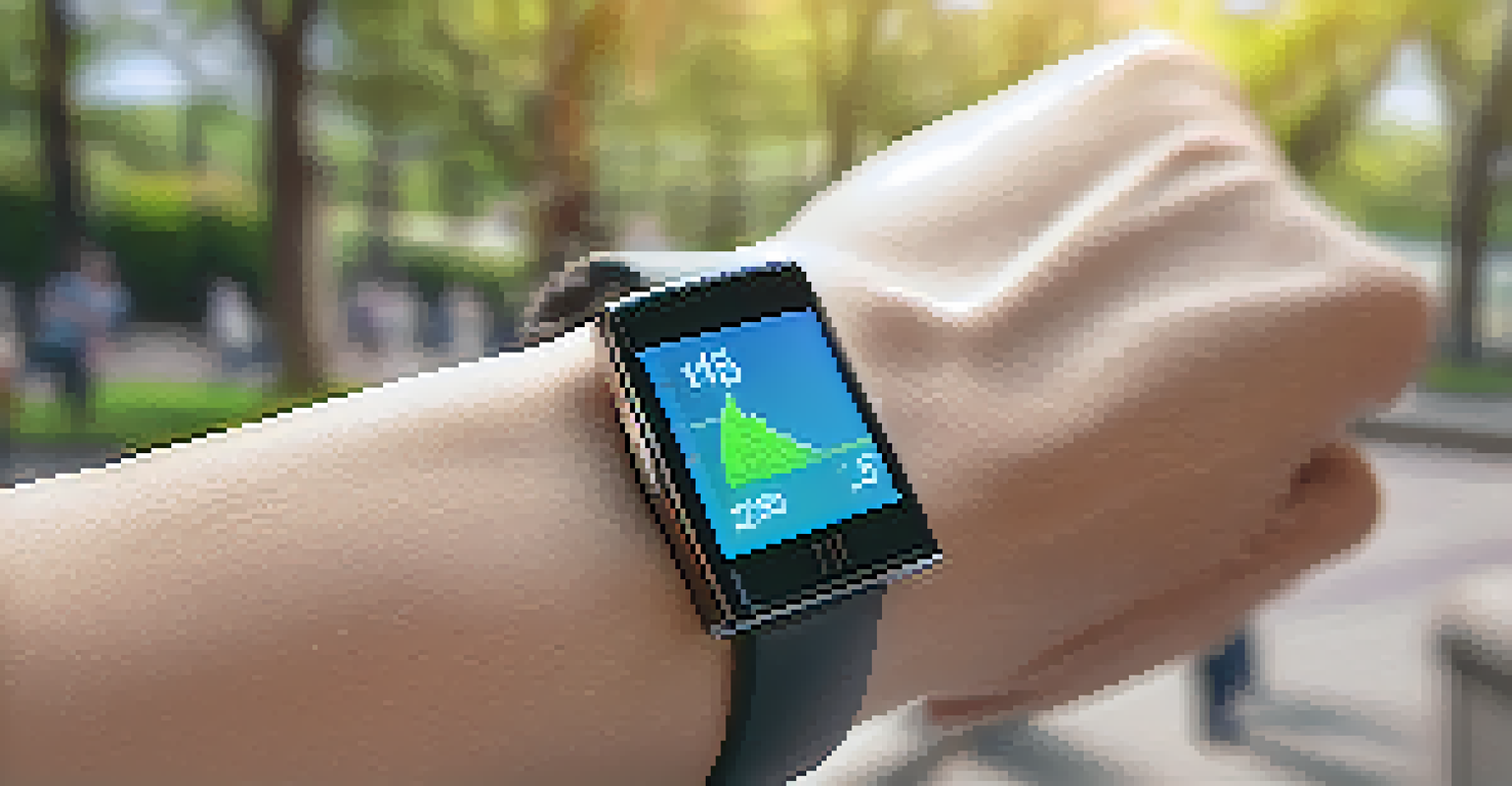Long-term Care Solutions: Digital Innovations for Aging

Understanding Long-term Care: A Necessity for Aging Population
Long-term care is a crucial aspect of supporting the elderly, particularly as they deal with chronic illnesses or disabilities. It's not just about medical care; it encompasses assistance with daily activities, such as bathing, dressing, and meal preparation. As our population ages, the need for accessible and effective long-term care solutions is becoming more pressing.
Aging is not lost youth but a new stage of opportunity and strength.
The traditional model of long-term care often involves nursing homes or in-home services. However, these options can be costly and may not always provide the personalized attention that seniors need. Digital innovations are emerging to fill this gap, offering more flexible and efficient alternatives that enhance the quality of life for older adults.
By integrating technology into long-term care, we can create systems that not only address the immediate needs of seniors but also empower them to maintain their independence. This shift toward digital solutions represents a significant evolution in how we approach aging care.
Telehealth: Bridging the Gap in Medical Care
Telehealth has transformed the way seniors access medical care, allowing them to consult with healthcare professionals from the comfort of their homes. This innovation is particularly beneficial for those with mobility issues or chronic conditions that make travel difficult. With just a smartphone or computer, elderly patients can receive timely advice and follow-ups without the stress of a hospital visit.

In addition to convenience, telehealth services can significantly reduce healthcare costs for both patients and providers. Virtual appointments often require fewer resources and can be scheduled more flexibly. This not only saves money but also helps to alleviate the burden on overworked healthcare systems.
Tech Innovations in Long-term Care
Digital solutions like telehealth and smart home technologies are enhancing accessibility and quality of life for seniors.
Moreover, telehealth promotes better continuity of care. Seniors can easily keep track of their appointments, medications, and treatment plans, ensuring they receive the comprehensive support they need to manage their health effectively.
Smart Home Technologies: Enhancing Safety and Comfort
Smart home technologies are revolutionizing how seniors live independently while ensuring their safety at home. Devices such as smart doorbells, automated lighting, and security cameras can provide peace of mind for both seniors and their families. These innovations create a safer environment, allowing older adults to maintain their autonomy without compromising their well-being.
Technology is best when it brings people together.
Furthermore, smart home systems can be customized to fit individual needs. For instance, voice-activated assistants can help seniors control their homes with simple commands, making daily tasks easier and more manageable. This level of accessibility is particularly valuable for those with mobility challenges or cognitive impairments.
By integrating smart home technologies into long-term care, we can foster an environment that encourages independence while also providing crucial support. This balance is essential for enhancing the quality of life for aging individuals.
Wearable Devices: Monitoring Health in Real-Time
Wearable devices, such as fitness trackers and health monitors, are becoming vital tools in managing the health of seniors. These devices can track vital signs, activity levels, and even alert caregivers in case of emergencies. With real-time data, families and healthcare providers can make informed decisions about a senior's health and well-being.
The convenience of wearables also encourages seniors to take an active role in their health management. For example, a simple reminder to take medication can significantly improve adherence to treatment plans. This proactive approach empowers older adults to stay engaged and responsible for their own health.
Wearables for Health Monitoring
Wearable devices empower seniors to actively manage their health by providing real-time data and reminders.
Moreover, the data collected from wearables can be instrumental in identifying health trends and potential issues before they escalate. This early intervention can lead to better outcomes and reduce the need for more extensive medical care down the line.
Social Engagement: Digital Platforms for Connection
Social isolation is a significant concern for many seniors, especially those living alone. Digital platforms designed for social engagement can help combat loneliness by connecting older adults with friends, family, and community resources. Video calls, social media, and online communities provide avenues for meaningful interactions that might otherwise be difficult to maintain.
These platforms not only foster connections but also promote emotional well-being. Engaging with others can lead to improved mental health, reducing feelings of depression and anxiety that often accompany isolation. By utilizing technology, seniors can create a vibrant social life, enriching their daily experiences.
Furthermore, digital engagement can also facilitate participation in group activities, such as virtual exercise classes or book clubs. This variety of options helps seniors stay active and involved, contributing positively to their overall quality of life.
AI and Robotics: Revolutionizing Caregiving
Artificial Intelligence (AI) and robotics are beginning to play a significant role in long-term care solutions. From robotic companions that provide social interaction to AI systems that assist in medication management, these technologies can enhance the caregiving experience. They offer valuable support to both seniors and their caregivers, alleviating some of the burdens associated with traditional care.
Robotic systems can assist with daily tasks, such as helping seniors move safely or reminding them to take their medications. This assistance not only increases safety but also allows caregivers to focus on more complex emotional and physical support. The integration of these technologies can lead to a more balanced approach to caregiving.
AI's Role in Future Caregiving
AI and robotics are revolutionizing caregiving by offering personalized support and predicting health issues before they escalate.
Moreover, AI can analyze data to predict health issues and recommend personalized care plans. This proactive care strategy helps to ensure that seniors receive the attention they need before minor problems escalate into major concerns.
The Future of Long-term Care: A Tech-Enabled Approach
As we look to the future, it's clear that technology will continue to play an integral role in long-term care solutions. The combination of telehealth, smart home devices, wearables, and AI presents a comprehensive approach to meeting the needs of our aging population. This tech-enabled strategy not only enhances care but also empowers seniors to lead fulfilling lives.
However, it's essential to ensure that these technologies are accessible and user-friendly for older adults. Training and support will be crucial to help seniors navigate these innovations effectively. By prioritizing education and accessibility, we can ensure that everyone can benefit from these advancements.

Ultimately, the goal is to create a long-term care ecosystem that values dignity, independence, and quality of life for seniors. By embracing digital innovations, we can pave the way for a brighter future in aging care.